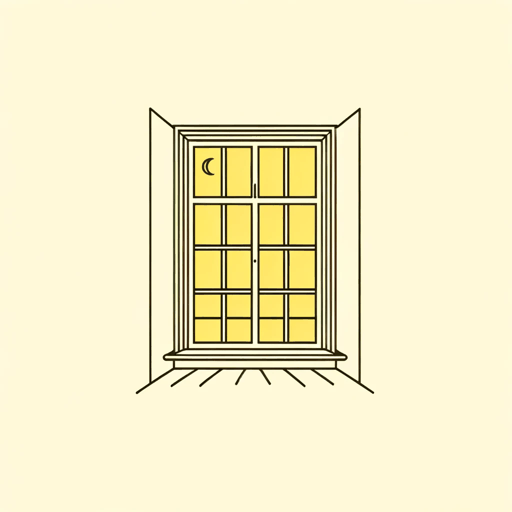30 pages • 1 hour read
James JoyceCounterparts
Fiction | Short Story | Adult | Published in 1914A modern alternative to SparkNotes and CliffsNotes, SuperSummary offers high-quality Study Guides with detailed chapter summaries and analysis of major themes, characters, and more.
Symbols & Motifs
Windows
Throughout the Dubliners stories, windows serve as portals to understanding. For the characters of the early chapters who fall within the category of childhood, windows in their homes look out to their respective streets. These windows allow children to observe their environment and the behavior of their neighbors. For older characters, windows serve as locations that inspire contemplation, and sometimes provide a reflective surface mirroring themselves.
Farrington’s window is a gateway to the pub:
He was now safe in the dark snug of O’Neill’s shop and, filling up the little window that looked into the bar with his inflamed face, the colour of dark wine or dark meat, he called out: ‘Here, Pat, give us a g.p., like a good fellow!’ (72).
The pub’s window is an access point to the realm of adult men in Dublin and gives a glimpse of a world that James Joyce realistically portrays in his depiction emphasizing the theme of Masculinity, Irish Identity, and Pub Culture. Given the bleakness of working-class Irishmen’s domestic and professional lives, escape through alcohol is encouraged. The fact that Farrington knows the bartender at this pub by name serves as further evidence of his familiarity and the normalization of the world of the pub as the center of masculine validation.
Related Titles
By James Joyce
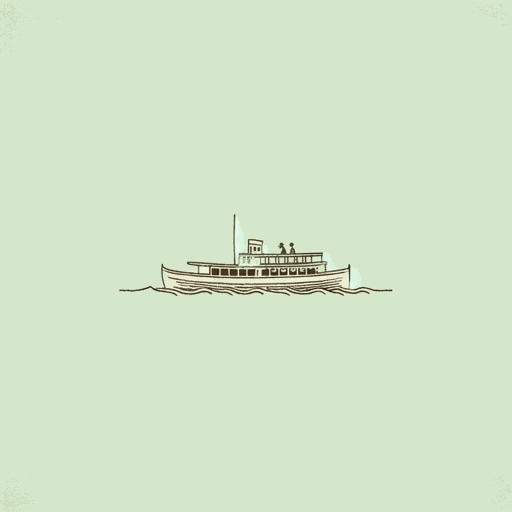
An Encounter
James Joyce

A Painful Case
James Joyce
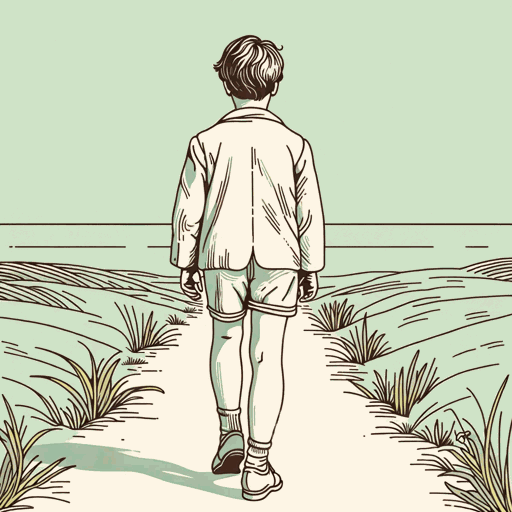
A Portrait of the Artist as a Young Man
James Joyce
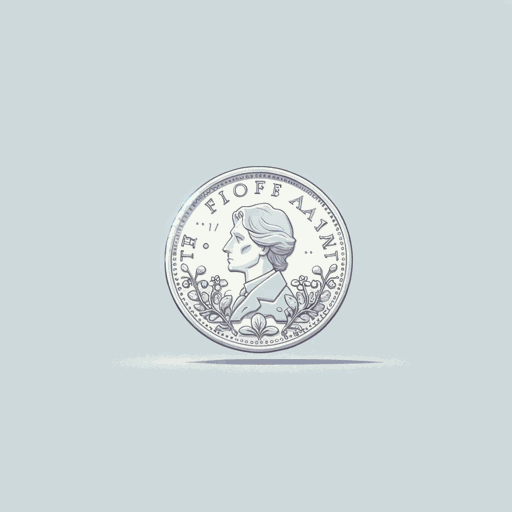
Araby
James Joyce
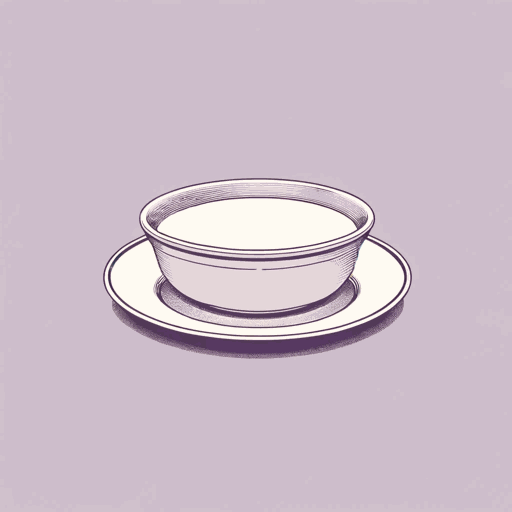
Clay
James Joyce
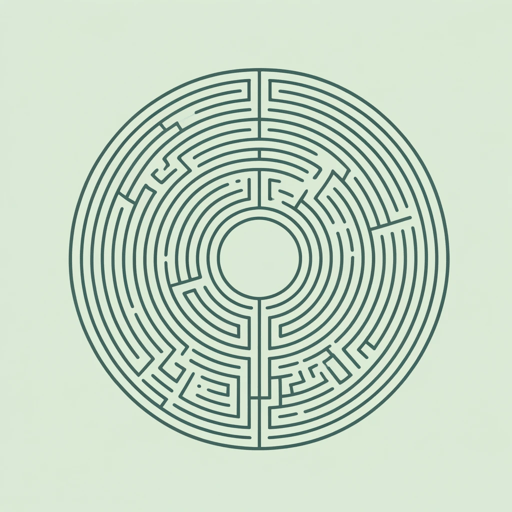
Dubliners
James Joyce
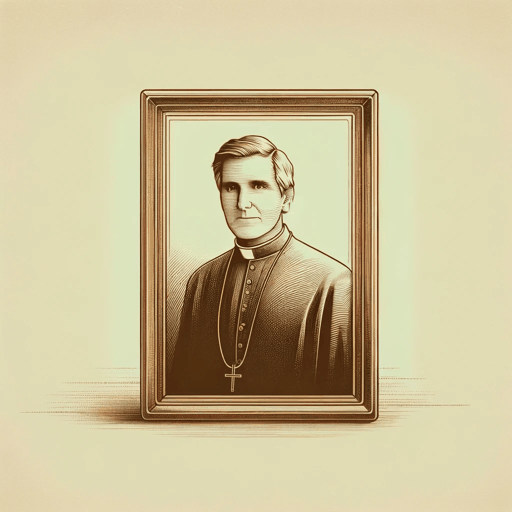
Eveline
James Joyce
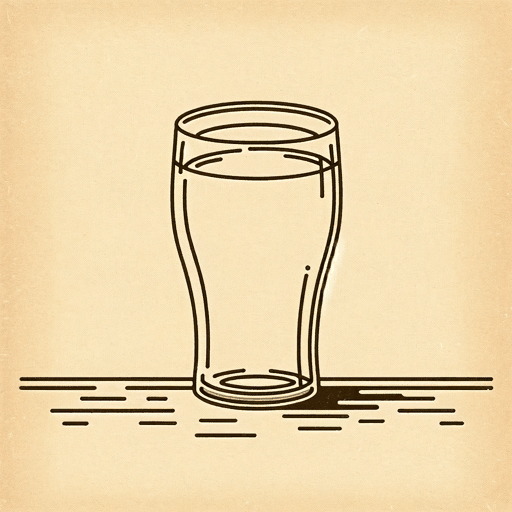
Finnegans Wake
James Joyce
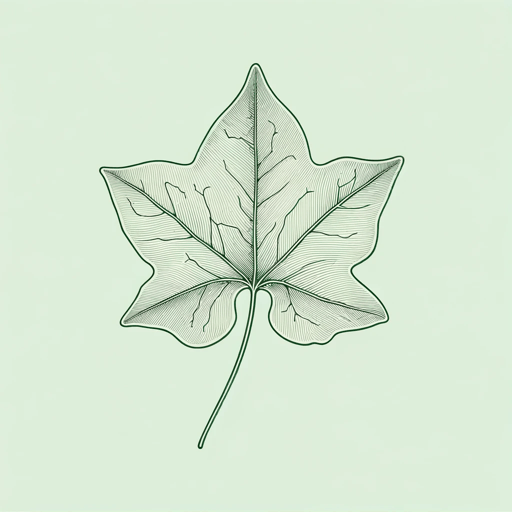
Ivy Day in the Committee Room
James Joyce
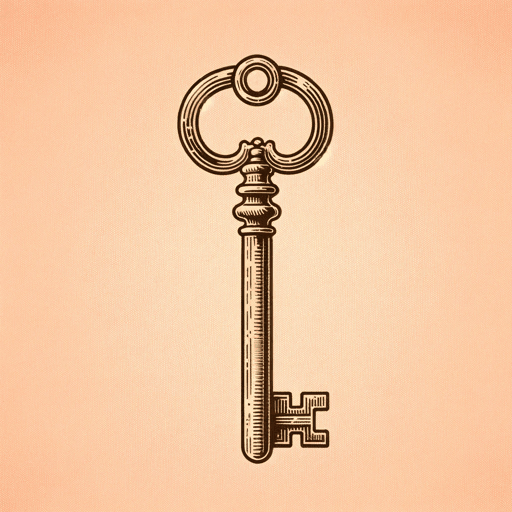
The Boarding House
James Joyce

The Dead
James Joyce
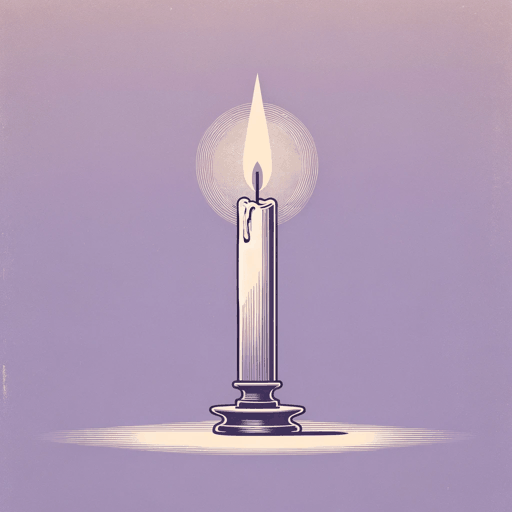
The Sisters
James Joyce
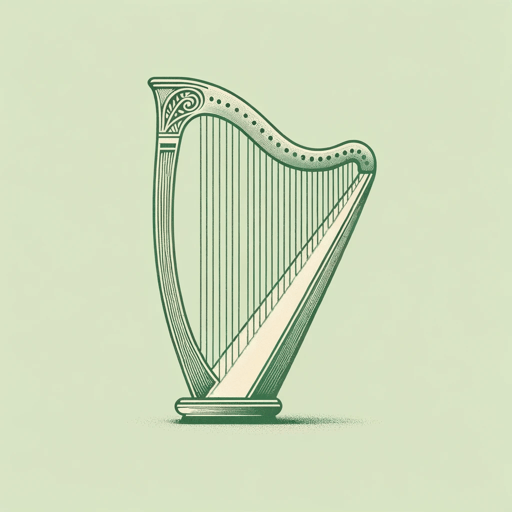
Two Gallants
James Joyce
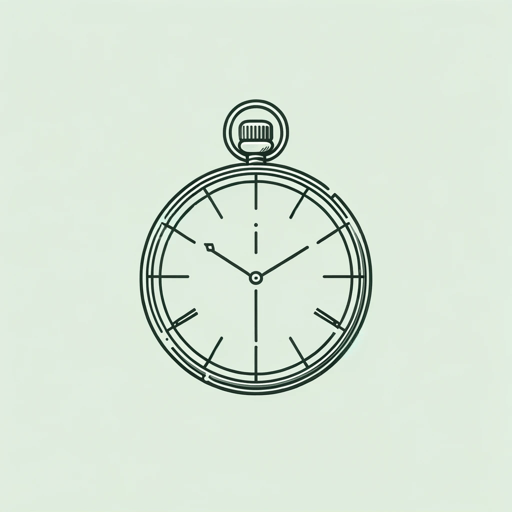
Ulysses
James Joyce
